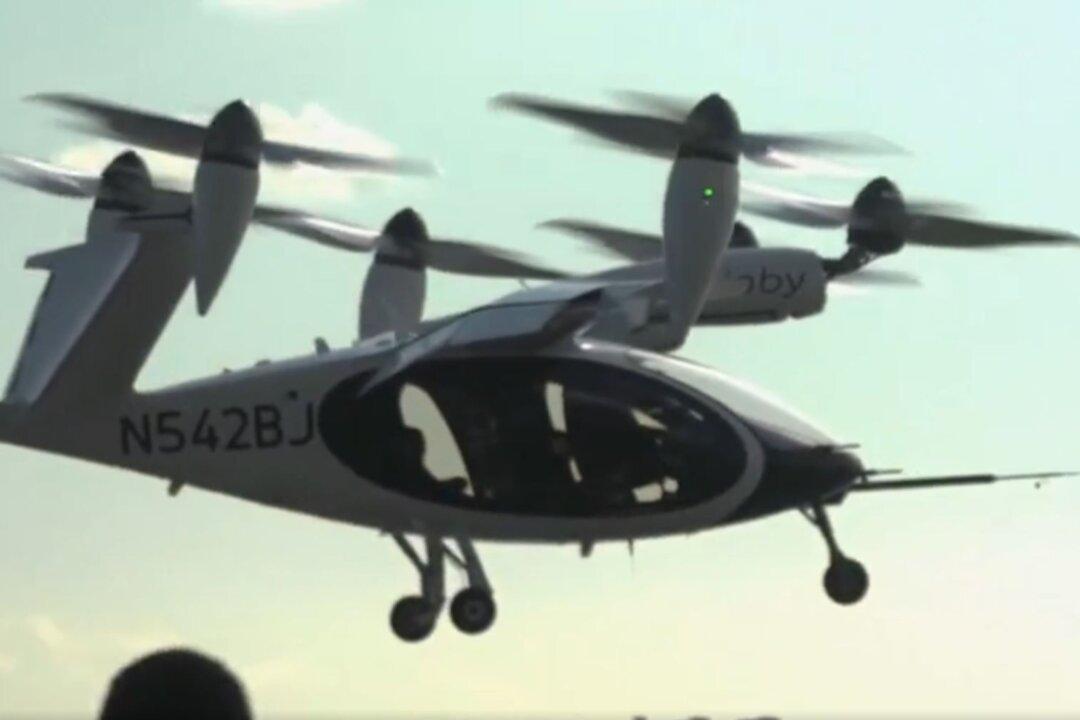A third of Canadians say they have “low trust” in the federal government’s ability to handle the regulation of advanced aerial technology such as air taxis and drones, according to a study.
The survey results were documented in a study by the Department of Transport regarding the social acceptance of “Advanced Air Mobility,” which was first obtained by Blacklock’s Reporter.





